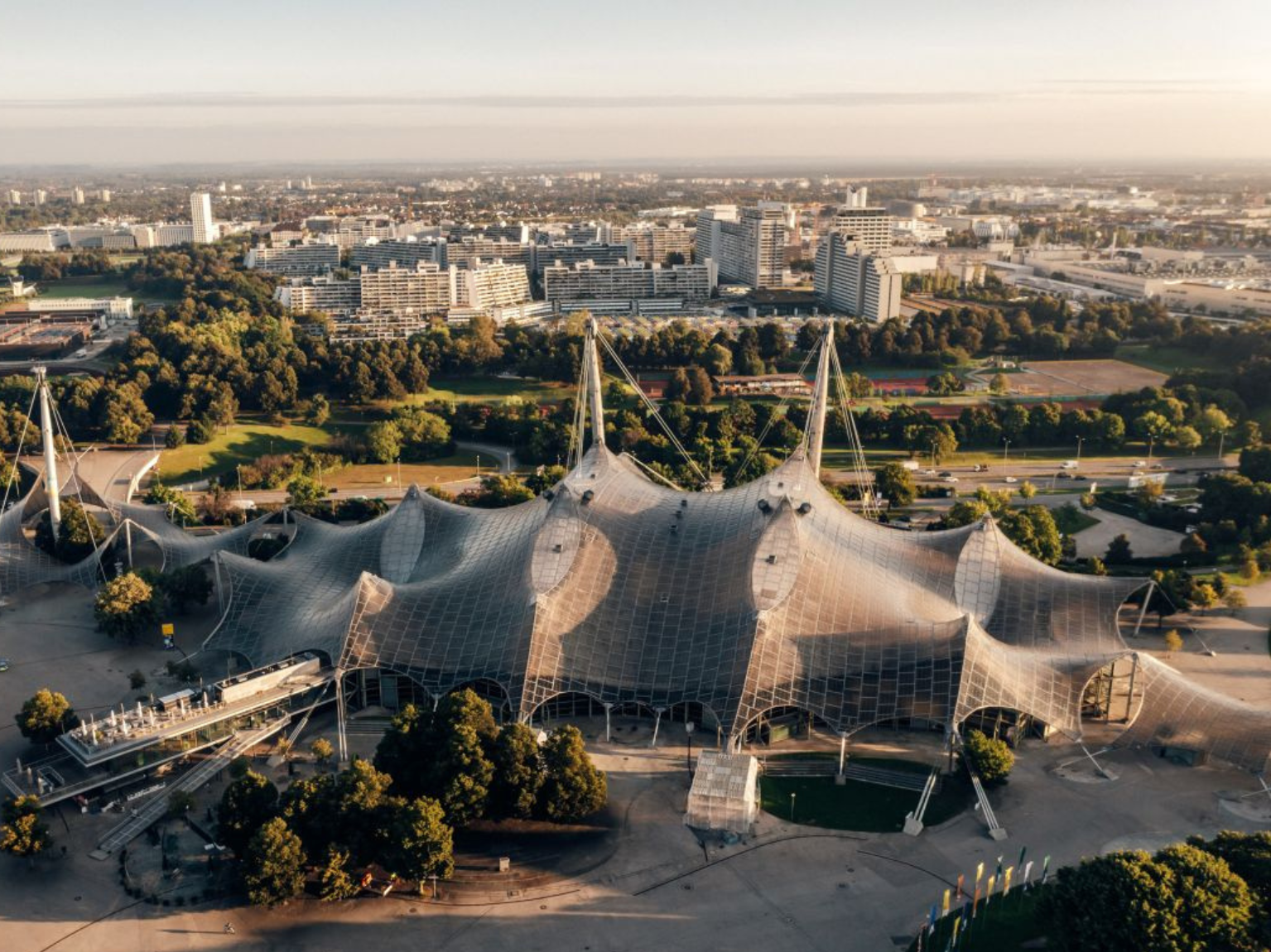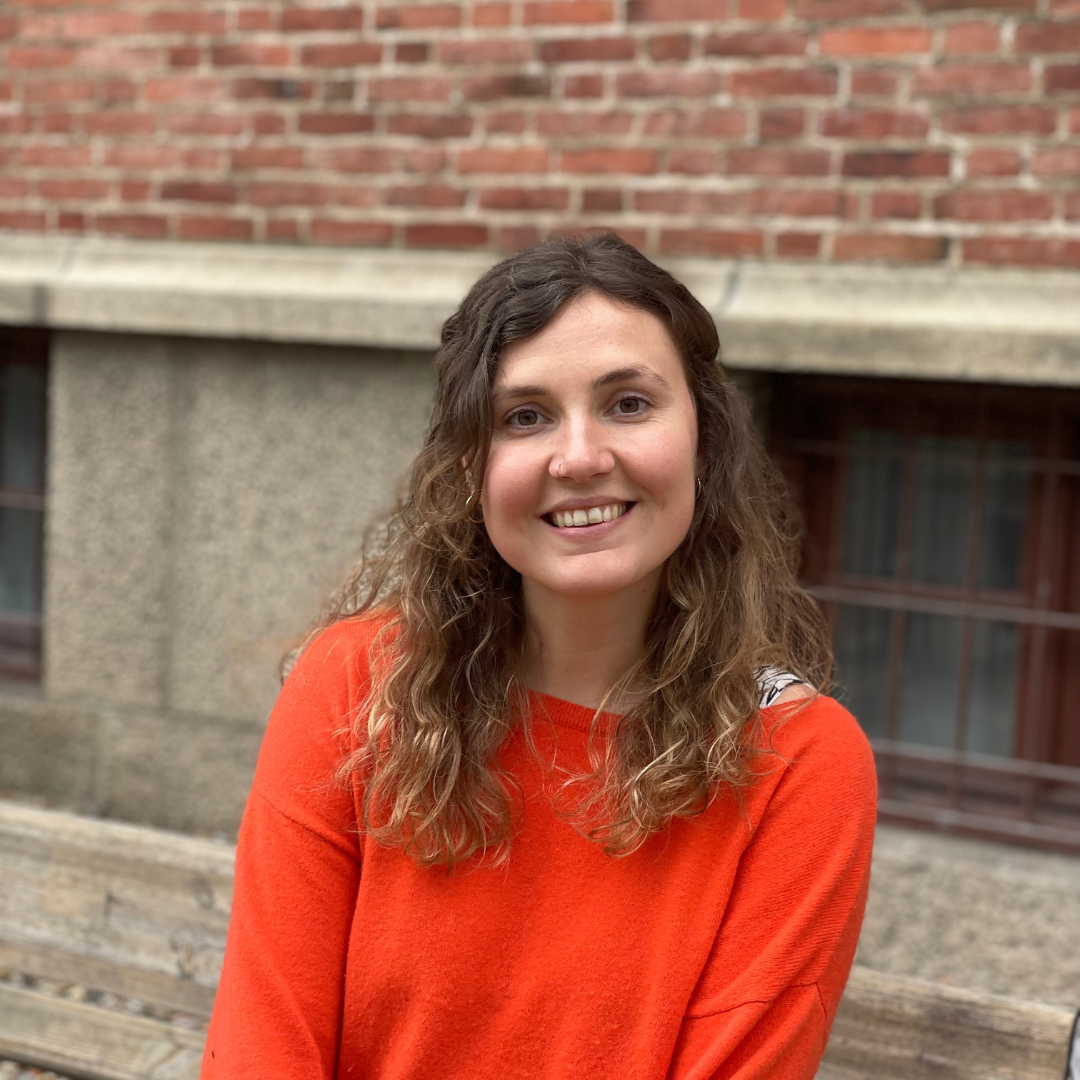In an exclusive interview, interpretation expert Manuel Blomen discusses his strategic decision to use LiveVoice for large events with more than 10,000 attendees and how he is navigating the changing landscape of interpretation technology.
With over three decades of experience in the interpretation industry, Manuel Blomen and his interpretation agency organize events ranging from intimate business meetings to large-scale gatherings such as those at Munich’s Olympia Hall for which he was using LiveVoice. In this interview Manuel shares his insights on how he adapts to the constantly changing event landscape while staying true to his company’s principles.
LiveVoice: Manuel, could you share a little about your interpretation company and how you came across LiveVoice?
Manuel: Certainly. My company has been deeply entrenched in the conference industry since 1986. We operate on two main pillars: translation and interpretation services. Over the years, we’ve honed our expertise in this field. Regarding LiveVoice, our journey with them began around a year or two ago when we were exploring alternative interpretation solutions for larger events. Over time, our engagement with LiveVoice grew, leading us to formally integrate their services into our operations in 2023.
LiveVoice has proven to be an invaluable tool for facilitating interpretation at large-scale events. At the core of our decision to adopt LiveVoice was the desire to streamline costs. Traditional interpretation equipment often incurred significant expenses, particularly for events hosting thousands of attendees. Material losses from misplaced devices typically ranged from 15,000 to 25,000 euros for events with 5,000 to 9,000 participants.
LiveVoice: Can you elaborate further what you mean with material loss?
Manuel: Over the years of our collaboration with one of our clients spanning nearly two decades, we’ve encountered a persistent challenge related to the disappearance of small receivers used by event participants who needed interpretation. Initially, the events were modest in scale, typically hosting 300 to 500 attendees. However, fueled by the CEO’s ambition to expand reach, we gradually escalated to larger gatherings.
Despite our best efforts, we had massive losses of equipment every year. The worst part: The receivers we’ve relied on are no longer in production so obtaining new devices is difficult or impossible.
You always wonder what people are doing with it. I think they don’t do anything. In the end, they throw it away. We always had a follow-up action afterwards. During the follow-up action, we actually got back 50, 60, 70 devices. But the bulk of devices was lost.
Our client is not only dedicated to their business success but also deeply committed to social causes. As a result, I felt a sense of urgency to explore alternative solutions. Continuously invoicing them for material losses became increasingly untenable, and I was determined to find a more sustainable approach that would not only alleviate their financial burden but also ensure seamless interpretation.
“When you factor material losses of 20.000 or 25.000 EUR with traditional systems, it gets quite clear why using LiveVoice at large events makes sense.”
LiveVoice: What features do you find particularly relevant for organizing large-scale events like the ones you manage?
Manuel: One of the standout features of LiveVoice, and it’s quite remarkable, is the level of customization it offers. I can incorporate my own logo here, along with the customer’s logo or image in the banner, allowing them to feel a sense of ownership and identity with the platform. It’s not just a neutral interface; it’s uniquely theirs. That aspect is incredibly important to me.
Besides customization, it’s the flexibility. Just a couple of hours or maybe a day before a large event at the Olympiahalle in Munich started, we decided to add another 1000 listeners to our LiveVoice plan. With LiveVoice, this is as simple as clicking a button. With analog receivers, I can’t spontaneously request an additional 1000 units for the next morning. It’s simply not feasible. This is precisely why I can’t speak highly enough about LiveVoice. Its flexibility is unparalleled, especially for large-scale events.
Ultimately, LiveVoice introduced us to several features that proved invaluable, particularly in terms of obtaining statistics. We could now provide precise data on the number of attendees from different language groups — Dutch, Italian, Spanish, English, and so forth. Previously, with traditional receivers, this level of detailed insight was unattainable. Being able to inform our clients that, for example, 400 people tuned in for Dutch, or a certain number for Italian, allowed us to evaluate the event’s language needs more effectively.
This data empowered us as well as our client to make informed decisions. For instance, if we only had a couple of French listeners, we could propose scaling down interpretation resources accordingly. Conversely, if the client preferred a different approach, we could provide clear numbers to support their decision-making process.
This level of transparency was previously inaccessible. With these statistics, clients could align their budget with their priorities more accurately. It fundamentally changed the way we approach event planning and client consultations, enabling us to offer tailored solutions based on concrete data.
“This is precisely why I can’t speak highly enough about LiveVoice. Its flexibility is unparalleled, especially for large-scale events.”
LiveVoice: What advice can you give to organizers of big events considering using LiveVoice, like the one at the Olympia Hall in Munich with 10,000 visitors?
Manuel: For first-time users, ensuring reliable network coverage is crucial. In Munich, we knew that the existing network wasn’t sufficient due to interference from foreign networks. So, we brought in an experienced company that installed its own WIFI for us. A nice side effect of this was that in this way we could also provide free WiFi to all attendees.
When we conducted the first test with six languages, it was an emotional moment for us. The boss and I got a little teared-eyed. Because it was a great experience seeing it all in action successfully.
LiveVoice: Thanks for delving into that. Perhaps it’s worth noting that regardless of whether LiveVoice is utilized or not, you have interpretation booths set up on-site from which interpreters operate. What drives this approach, considering that booths are a significant cost factor?
Manuel: We could theoretically opt for having interpreters work remotely from home, which would have been easily possible with LiveVoice. However, that’s not our preference. What I desire is to have everyone together, under our supervision. If something goes wrong, it’s our responsibility, not the interpreters’.
Consequently, we set up traditional interpretation booths. Interpreters enter their booths, and we manage the interpretation process through the mixer. Then, we connect to LiveVoice via laptop and stream the entire interpretation to the device of the listeners.
Whether you allow yourself the luxury to have interpreters on-site or let them work from home is entirely your decision. However, our philosophy is to have interpreters on-site, granting us direct access and influence over the process.
LiveVoice: Now, when it comes to addressing the risks associated with large events, how did you persuade customers to use a BYOD (Bring your own device) service like LiveVoice over traditional analog methods?
Manuel: Well, that was certainly the biggest challenge, because people are always afraid of new approaches. So we organized a smaller event here in Düsseldorf at the beginning of March. After the meeting, I arranged a trial session and presented LiveVoice to the client. We kept it simple, focusing on just one language to avoid overwhelming them. I handed them my phone with headphones and asked for their feedback. Admittedly, the topic didn’t immediately resonate with everyone that day. However, some members from the marketing department and the tech-savvy CEO were quite impressed.
Yet, the follow-up discussions weren’t straightforward. It took several days and weeks of reassurance before they agreed to proceed. They had concerns and asked if we were truly confident. We assured them that we could handle it seamlessly, and eventually, they were satisfied and content.
Of course, there were hurdles along the way. Other suppliers, like Telekom, unexpectedly couldn’t provide us with the required bandwidth so we had to find a solution for that. But that’s part of the journey. Nonetheless, we managed to win over the customer, who then was happy to plan using the same setup for the next year.
LiveVoice: What other insights did you gain along the way?
Manuel: I would recommend working together with a technology company. Now, if the agency owner is tech-savvy and can manage everything themselves, then it’s even smoother. However, considering today’s technological requirements, especially with platforms like Teams, integrating another software for interpretation isn’t straightforward for the average person. That’s why having a professional technology partner is crucial.
The challenge lies in convincing both the technology provider and, of course, oneself. We’ve had nothing but positive experiences with LiveVoice interpretation so far. Everyone involved was satisfied and confident in its success. However, it’s essential to gain the trust of technology partners. For instance, in Turin, we’re working with a different technology company than in Munich or Lisbon. The decision often requires approval from upper management, which can be a hurdle.
Setting up 13 interpretation cabins and managing 6,000 receivers may seem lucrative for the technology providers, but when you factor material losses of 20.000 or 25.000 EUR, the picture looks different.
LiveVoice: The event industry and with it language interpretation are changing massively these days. What’s your perspective on these developments?
Manuel: We all know that during Covid there was a period of powerlessness and stagnation. We didn’t know what was happening. When the first few months were over and we were facing September, we finally decided to use platforms like Zoom. Only what we know of Zoom today is not what we had before the pandemic.
Since then, many companies have invested in their own virtual facilities, reshaping the traditional events and hospitality landscape. This transition has been disruptive, and while it’s impossible to go back to the pre-pandemic status quo, we are constantly adapting to the changing nature in the event industry.
It’s just the way it is. You just have to see what time brings. We see it every day.
We have had a hybrid session for three days now. There are interpreters who don’t like this hybrid session at all. The older ones have a hard time with it. However, with the right technical support and investment, we’re overcoming these challenges and moving towards a more technologically advanced future.
We have a huge advantage because I am a technician. We have been able to upgrade things and do it in new ways. Like what we did with LiveVoice.
LiveVoice: Manuel, thank you very much for this conversation!

